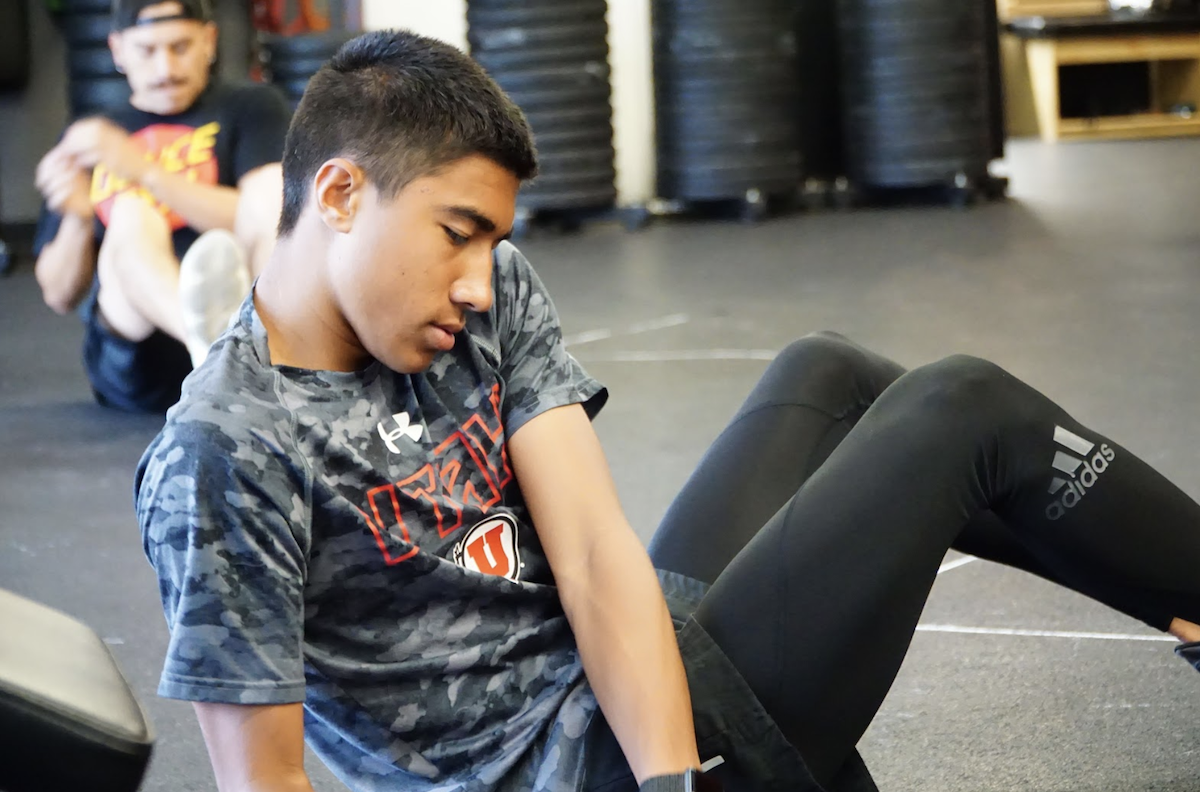
Many of the layers of our methodology can be understood by viewing training through different lenses. Imagine putting on a special pair of glasses when looking at a month of General Physical Preparedness (GPP) training that allowed you to recognize one variable at a time, like load. Scanning a month of training, you’d be able to notice heavy days, lighter days, and even moderately loaded days. Following this logic, you’d be able to look at the same four weeks of training through the lens filter that noticed which fuel system the body is utilizing, albeit aerobic or anaerobic.
The focus of our conversation today is another important consideration: planes of motion.
There are three major planes of motion. The sagittal plane is the most common, most overtrained plane of motion by far. It’s the forward and back action that defines the hip movement while deadlift and running, for example. The frontal plane and transverse planes, however, are often forgotten and underdeveloped. Lacking competency in all three planes of motion doesn’t only come with it’s own self-evident limitations. Underdevelopment in these planes of motion can create imbalances that can result in compensations and ultimately injury.
The frontal plane describes movement in the plane that moves laterally through the human body from left to right. The transverse plane describes movement that happens in rotation around the body’s vertical axis.
When considering the comprehensive nature of your training I encourage you to put on the lens that looks for planes of motion, specifically frontal and transverse considerations.
7/29/20 WOD
DEUCE ATHLETICS GPP
[Meet at Anderson Park]
DEUCE BACKLOT GPP
[Meet at Pan Pacific Park]
DEUCE GARAGE GPP
15-15-15-15
Tempo DB Goblet Squats
Then, complete 3 rounds of:
16 DB Deadbugs
12 Tempo Inverted Rows
Then, complete the 4 rounds decreasing times:
20 Up Downs
400m Run
-Rest as needed-
*Athletes pay a 15 burpee penalty for each round without a negative split

